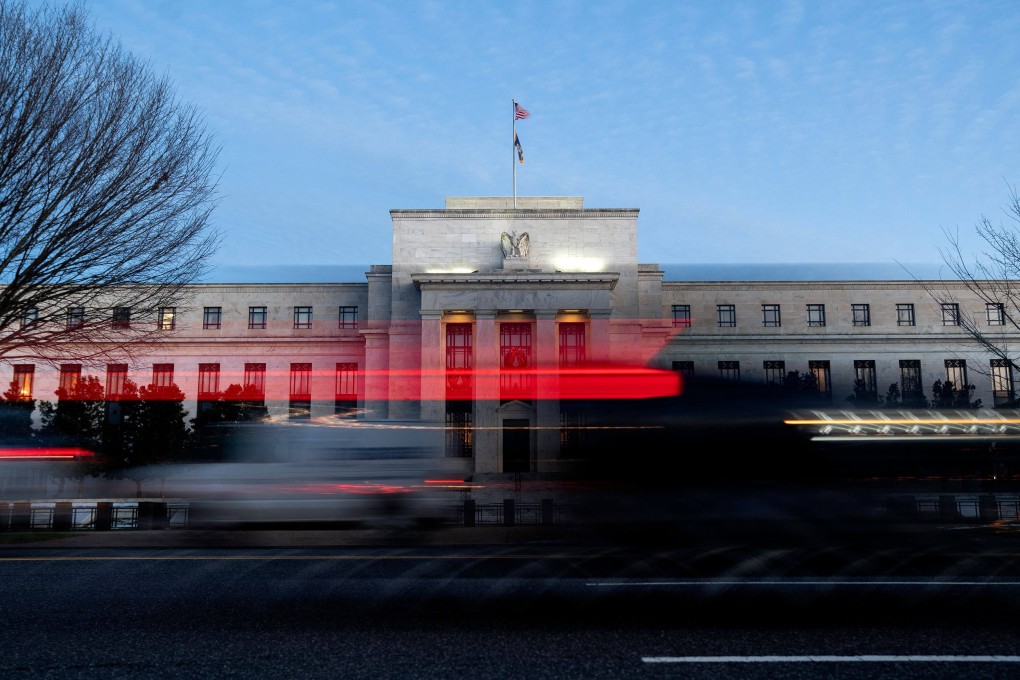Macroscope | What to expect in a year of policy tightening and US interest rate rises
- This year may well see not only the end of bond purchases by the Fed and the start of the rate hike cycle, but also the first steps in reducing its swollen balance sheet
- The highly valued parts of the market, such as growth stocks and tech stocks, will come under pressure

Markets started the year with a head of steam as bond yields rallied and prices fell. The surge in bond yields had a knock-on effect on equity markets as investors migrated from growth stocks to value stocks.
However, the market may overlook the fact that what happens to the Fed’s balance sheet over the course of the year is more important than simply when the rate rises will begin.
Nearly all the increase in bond yields has been driven by the rise in real yields, that is, the nominal bond yield minus the rate of inflation. Real yields have started to rise amid market expectations that the Fed is bringing forward its policy normalisation timeline.
Over the past year, these expectations have gone from rate hikes starting in 2024, to early 2023, to rises beginning in two months’ time.
